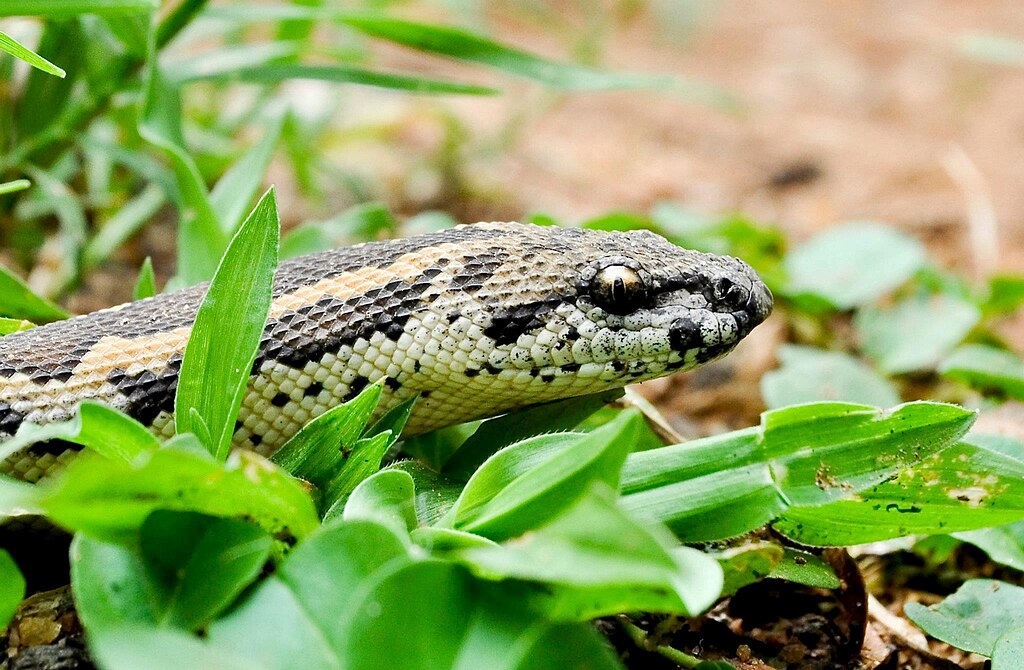While snakes are relatively low-maintenance pets compared to dogs or cats, they are still complex creatures with specific needs and environmental sensitivities. Many new snake owners focus on the basics—proper enclosure size, temperature gradients, and feeding schedules—but miss subtle stressors that can significantly impact their serpent’s health and wellbeing. These hidden dangers often go unnoticed until they manifest as behavioral changes, feeding problems, or health issues. Understanding these potential sources of stress is crucial for providing your snake with the optimal care it deserves. In this comprehensive guide, we’ll explore five commonly overlooked factors that might be secretly stressing your pet snake and provide practical solutions to address each concern.
Improper Handling Techniques
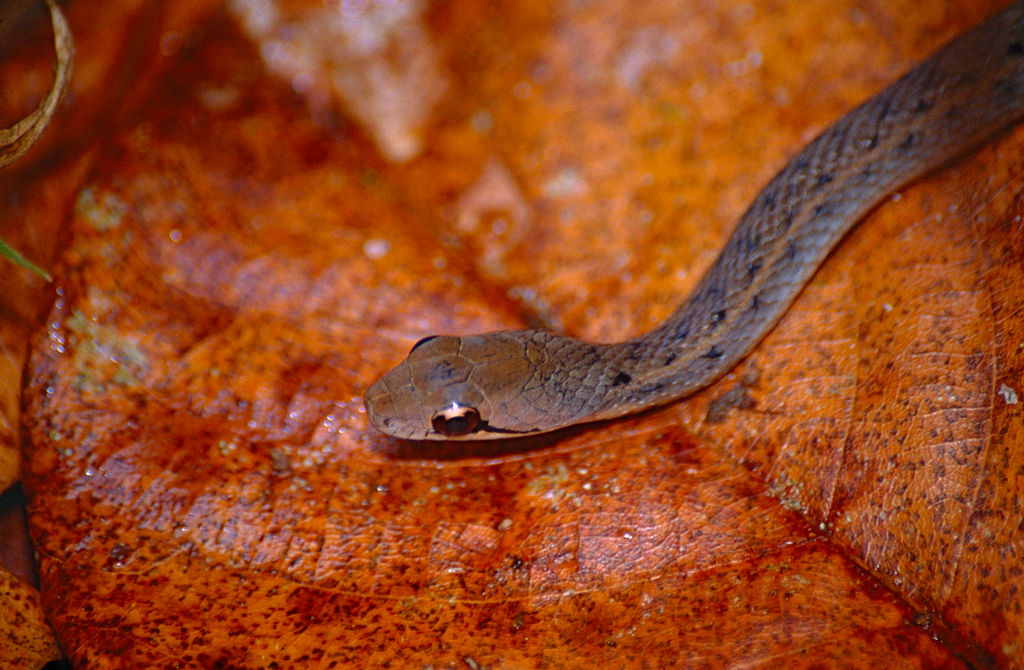
Even well-intentioned snake owners can inadvertently stress their pets through improper handling techniques. Snakes are not naturally inclined to social interaction in the way mammals are, and excessive handling can trigger their stress response. Supporting your snake’s entire body during handling is essential, as allowing portions to dangle can create a sensation of falling that activates their fight-or-flight response. Additionally, approaching your snake from above—mimicking the movement of predatory birds—can induce fear, as can sudden movements or loud noises during handling sessions. It’s important to establish a consistent, gentle handling routine that respects your snake’s natural behaviors, limiting sessions to 15-20 minutes and recognizing signs of stress such as rapid breathing, muscle tensing, or defensive posturing.
Inadequate Hide Spaces
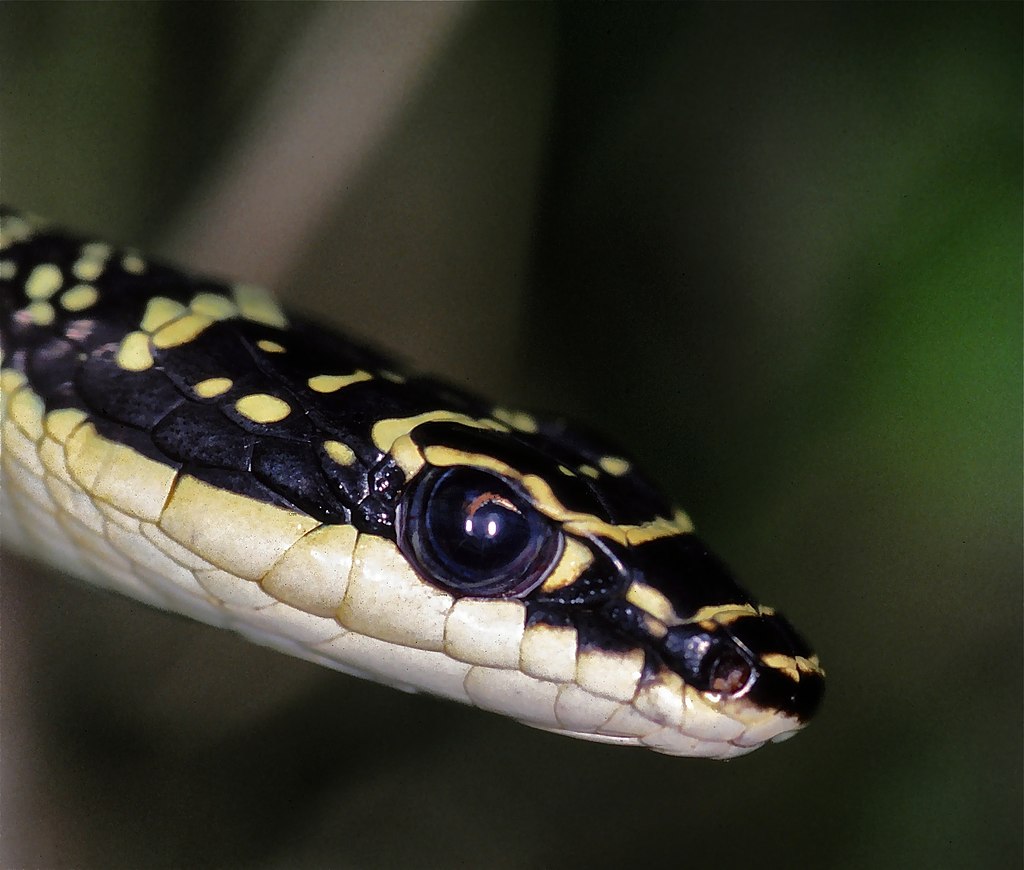
One of the most commonly overlooked stressors for captive snakes is insufficient or inappropriate hiding places. In the wild, snakes spend much of their time concealed from predators, and this behavioral need doesn’t disappear in captivity. Many owners provide just one hide at the warm end of the enclosure, but snakes need multiple secure retreats throughout their habitat to feel truly safe. Without adequate hiding options, snakes may remain constantly vigilant, leading to chronic stress that suppresses their immune system and disrupts normal behaviors. Each enclosure should have at least two hides—one on the warm side and one on the cool side—allowing the snake to thermoregulate without sacrificing security. These hides should be snug (the snake should feel the hide touching its body when inside) and completely enclosed except for the entrance, creating the dark, secure environment that helps snakes feel protected.
Inconsistent Temperature Gradients
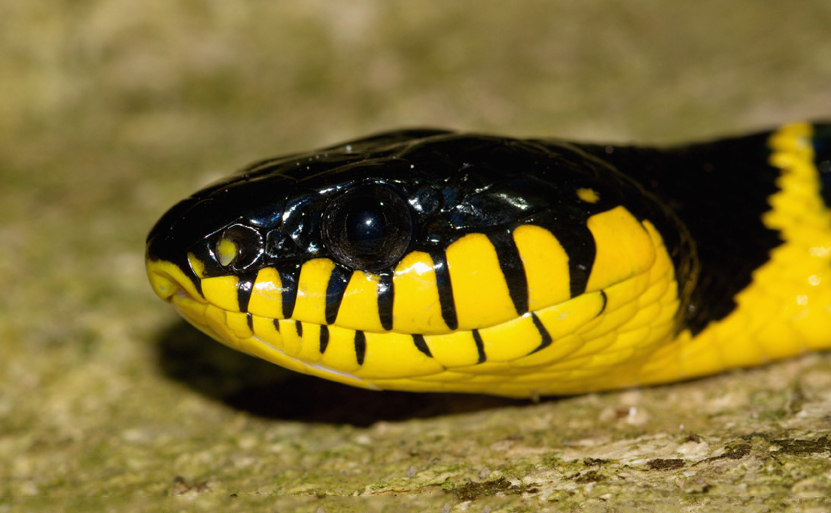
As ectothermic animals, snakes rely entirely on their environment to regulate their body temperature, making proper thermal gradients essential for their health. Many snake owners establish correct temperatures initially but fail to maintain consistent gradients over time. Fluctuating temperatures force snakes to constantly move between thermal zones, preventing proper rest and digestion. Heat sources can degrade over time, thermostats may drift out of calibration, and seasonal changes in ambient room temperature can all affect the enclosure’s thermal environment. These inconsistencies are particularly stressful because they’re unpredictable—snakes thrive on environmental stability. Regular monitoring with multiple thermometers placed at both ends of the enclosure is essential, as is checking that nighttime temperature drops remain within appropriate ranges for your specific species.
Invisible Environmental Contaminants
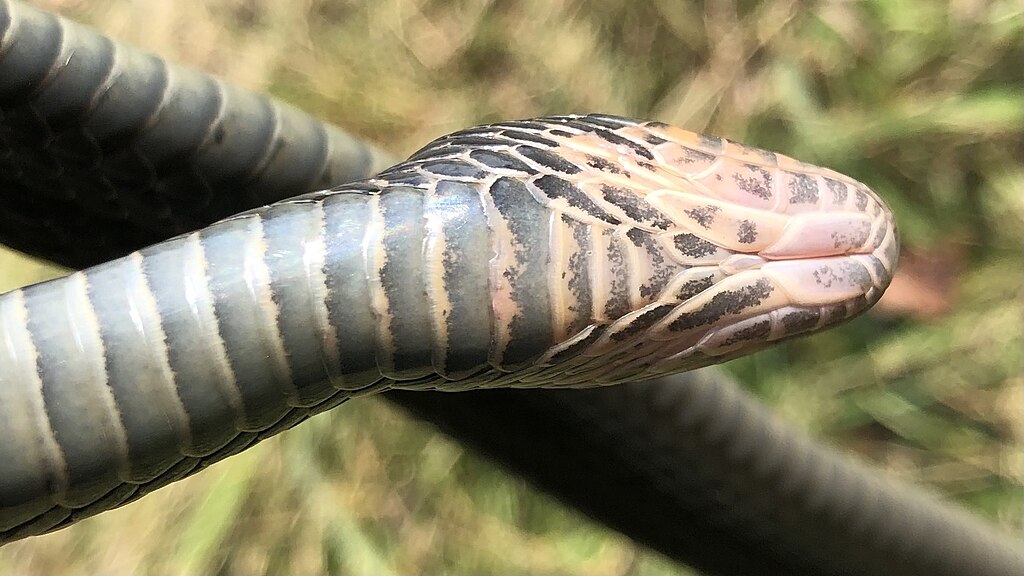
Snakes possess highly sensitive respiratory systems and can be adversely affected by airborne contaminants that humans might not even notice. Common household products like air fresheners, scented candles, cleaning solutions, cigarette smoke, and even certain types of incense can introduce harmful volatile compounds into your snake’s environment. These contaminants can irritate the delicate tissues of your snake’s respiratory tract, potentially leading to respiratory infections that are difficult to treat. Even more concerning are products containing phenols (like Pine-Sol or other pine-based cleaners), which can be absorbed through a snake’s skin and cause serious systemic toxicity. The risk extends to substrate choices as well—cedar and pine shavings release aromatic compounds that can damage reptilian respiratory systems over time, while certain plants or decorations may have been treated with pesticides that slowly leach into the enclosure.
Inappropriate Feeding Practices
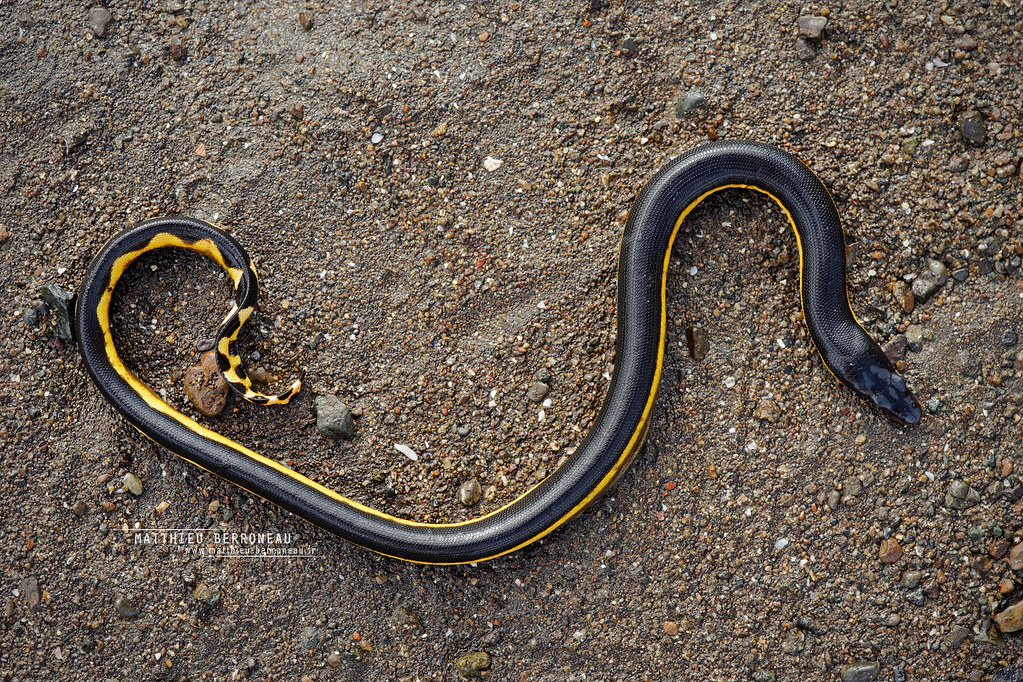
Feeding issues represent another hidden source of stress for captive snakes, extending beyond the simple question of prey size and frequency. Many owners unknowingly create feeding-related stress by handling their snake immediately after meals, which can trigger regurgitation—a physically taxing experience that can lead to long-term health complications. Similarly, inconsistent feeding schedules disrupt your snake’s natural rhythms and digestive processes. For species that naturally ambush prey, being forced to chase food items around the enclosure creates unnatural stress, while feeding in the main enclosure (rather than a separate feeding container) can lead to substrate ingestion or feeding-response bites during regular handling. Additionally, repeatedly offering food to a snake that’s not ready to eat—such as during shedding, brumation periods, or breeding season—can create psychological pressure that compounds over time.
Excessive Light Exposure
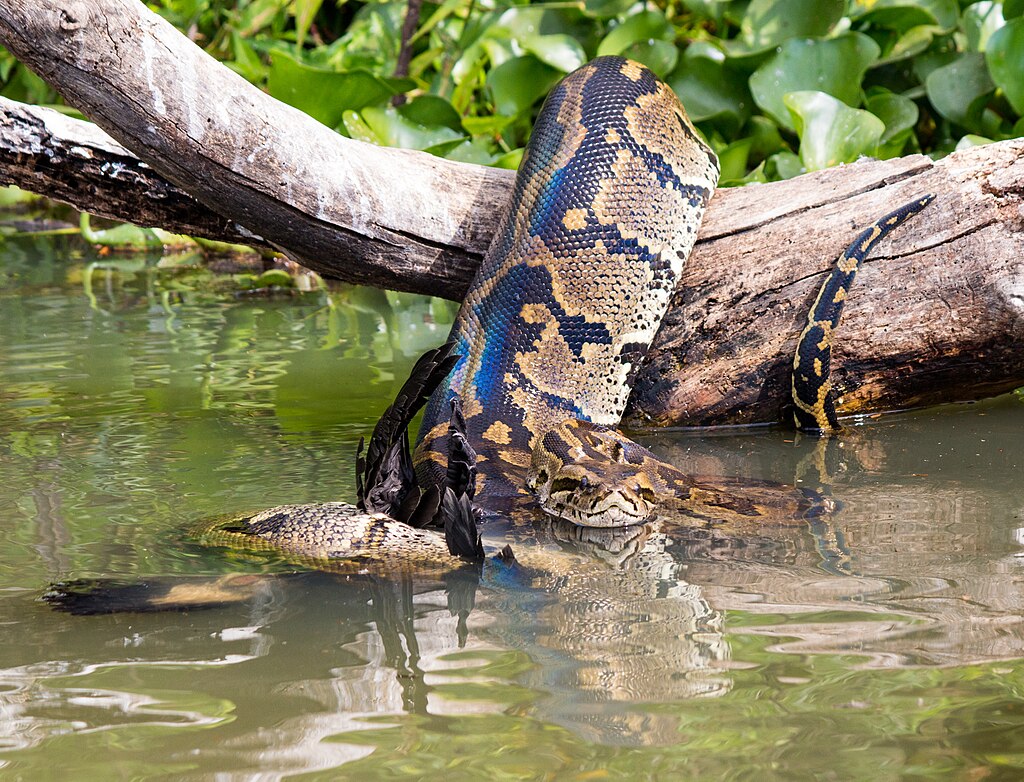
Many snake species are crepuscular or nocturnal by nature, making them particularly sensitive to inappropriate lighting conditions. Enclosures placed in high-traffic areas with bright lights or frequent activity disrupt a snake’s natural circadian rhythms and can prevent proper rest. The stress of constant exposure is comparable to forcing a human to live under bright fluorescent lighting 24 hours a day. Even more problematic is direct sunlight hitting the enclosure, which can create dangerous hot spots while simultaneously making the snake feel exposed and vulnerable. Some owners unintentionally exacerbate this problem by using unnecessarily bright UVB lighting for species that don’t require it or by failing to provide a proper day/night cycle. Creating a predictable light schedule that includes a genuine dark period is essential for your snake’s physiological processes and behavioral health.
Unsuitable Enclosure Placement
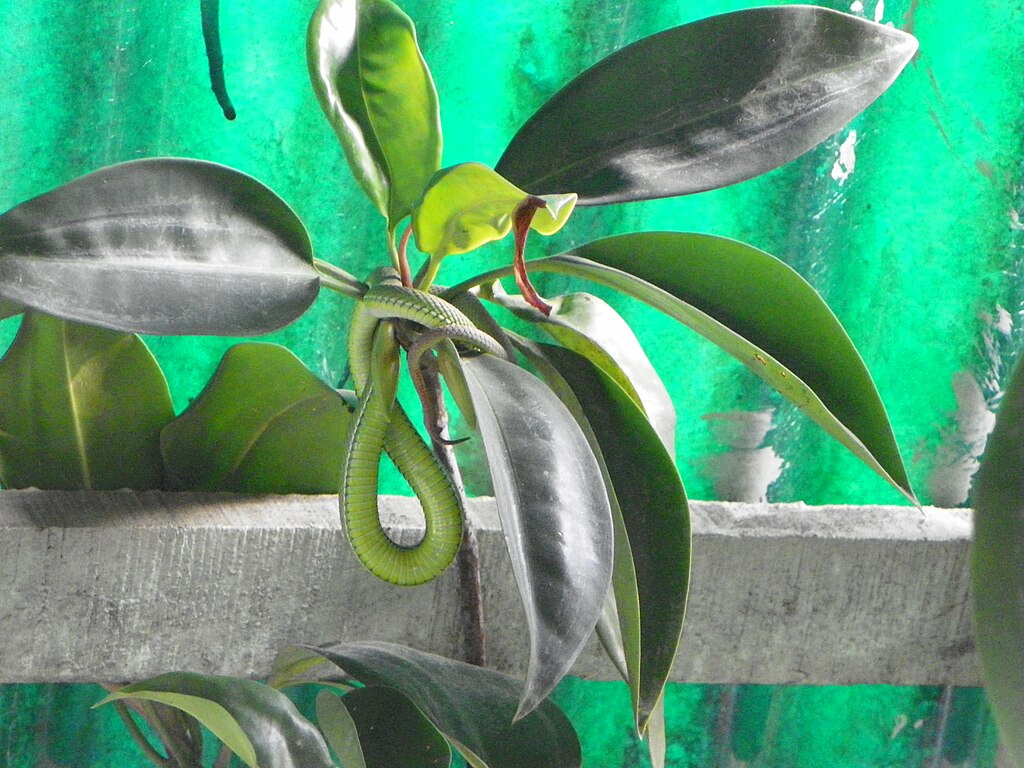
The location of your snake’s enclosure within your home can significantly impact its stress levels in ways many owners never consider. Vibrations from nearby appliances, entertainment systems, or foot traffic can continuously disturb your snake, as their bodies are highly sensitive to vibration—a sensory adaptation they use to detect approaching predators in the wild. Enclosures placed near doors that frequently open and close subject snakes to unpredictable air currents and temperature fluctuations, while those positioned near windows experience dramatic daily temperature shifts. Even more subtle factors like the height of the enclosure placement matters; arboreal species may feel secure in elevated positions, while terrestrial species often display stress behaviors when housed at eye level or higher. The surrounding visual environment also plays a role—a constantly changing visual field (like a television screen or people walking past) forces the snake to remain vigilant rather than relaxed.
Enclosure Size Transitions

While most snake owners understand the need to upgrade enclosure size as their pet grows, many don’t realize how stressful these transitions can be without proper management. Suddenly moving a snake from a smaller, familiar environment to a much larger space can trigger insecurity and feeding refusal, as the animal no longer feels the secure boundaries it had grown accustomed to. This is particularly true for species that naturally inhabit burrows or other confined spaces in the wild. Conversely, failing to upgrade at appropriate intervals creates the stress of confinement, restricting natural movements and preventing proper muscle development. The timing of enclosure transitions also matters significantly—periods of vulnerability such as during shedding, after illness, or during seasonal behavior changes are particularly poor times to introduce such a major environmental change.
Unsuitable Substrate Choices
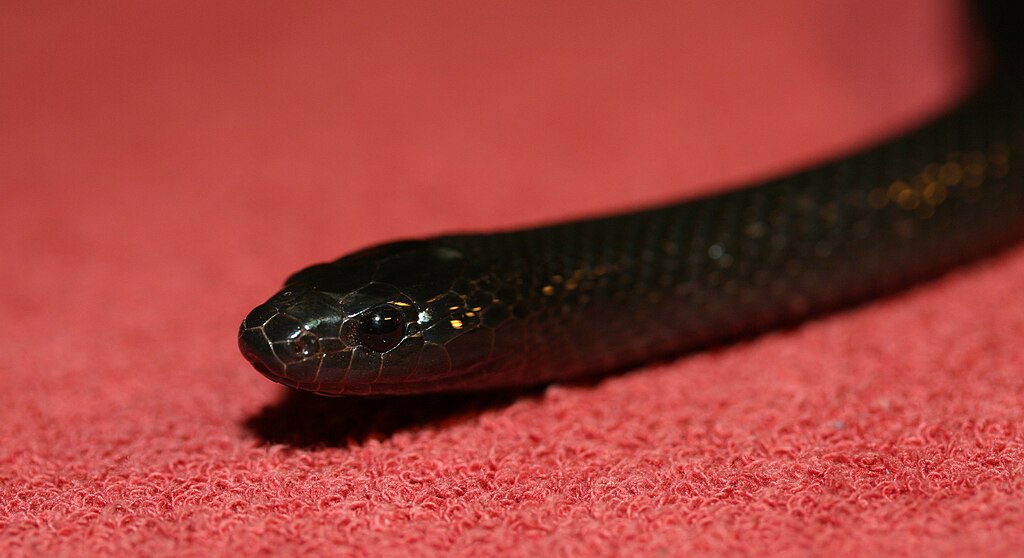
The material lining the bottom of your snake’s enclosure impacts far more than just aesthetics—it creates the foundation of their microenvironment and can be a significant source of hidden stress. Many commercially available substrates marketed for reptiles contain dust particles that irritate sensitive eyes and respiratory passages, while others fail to hold appropriate humidity levels, leading to dehydration or problematic shedding cycles. Substrates that become compacted over time prevent natural burrowing behaviors that many species use for security and stress relief. There are also textural considerations—some snakes show clear preferences for specific substrate types that mimic their natural habitat, exhibiting stress behaviors when housed on uncomfortable materials. Perhaps most concerning are substrates that promote bacterial or fungal growth when not properly maintained, creating an invisible pathogenic environment that constantly challenges your snake’s immune system.
Cohabitation Stress

Housing multiple snakes together is a controversial practice that often creates invisible stress, even when overt aggression isn’t observed. With few exceptions, most snake species are solitary by nature and experience chronic stress when forced to share territory, resources, and hiding spaces with conspecifics or other reptiles. This stress manifests in subtle ways that owners frequently miss—reduced feeding response, increased hiding behavior, altered shedding cycles, or compromised immune function. Competition for thermal gradients means snakes may be unable to thermoregulate optimally, while dominance hierarchies can result in one animal monopolizing preferred hiding spots. Even in seemingly compatible groupings, the constant presence of another animal prevents the snake from ever fully relaxing. The risk extends beyond stress to disease transmission, as close proximity facilitates the spread of parasites and pathogens between animals.
Insufficient Enrichment
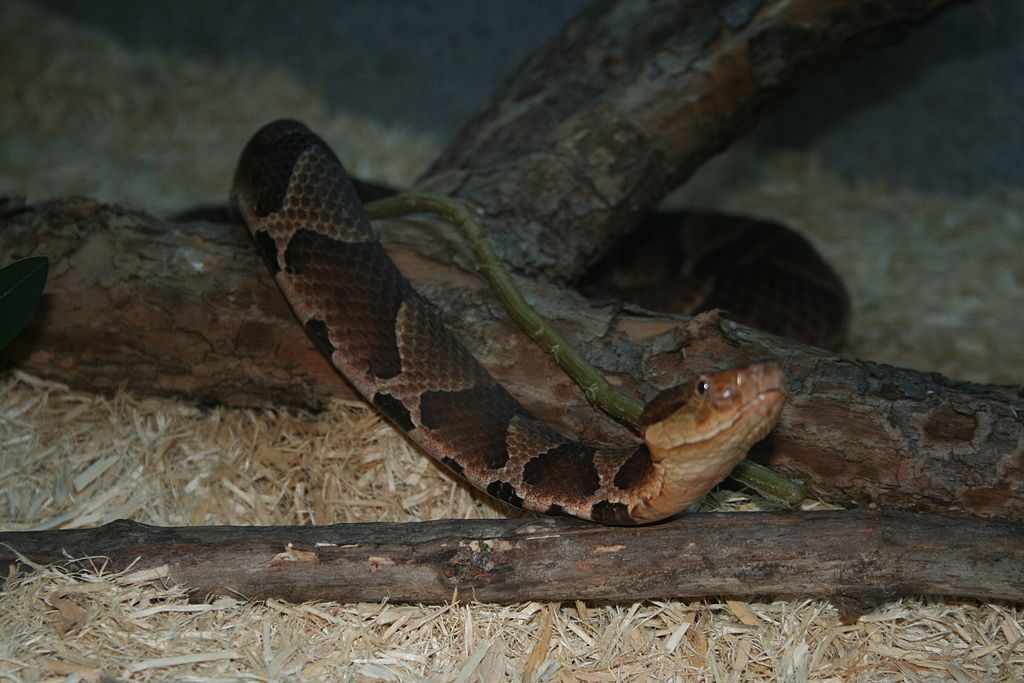
While snakes have simpler enrichment needs than mammals, the complete absence of environmental stimulation creates a form of psychological stress that’s easy to overlook. Many snake enclosures feature only the bare essentials—a water bowl, hide boxes, and perhaps a branch—creating a barren environment that fails to engage natural behaviors. This emptiness is particularly problematic for active species like rat snakes or king snakes, which naturally explore complex environments. Without appropriate climbing opportunities, varied textures, tunneling options, or novel objects to investigate, these species may develop repetitive behaviors like glass surfing (repeatedly sliding along the glass walls of the enclosure). The stress of boredom manifests in reduced appetite, lethargy, or inappropriate substrate interaction like constant burrowing. Even periodic rearrangement of enclosure features can provide meaningful stimulation, allowing your snake to engage with a “new” environment without the stress of a complete habitat change.
Pre-existing Health Conditions

Perhaps the most insidious hidden stressor for pet snakes is undiagnosed health issues that create constant discomfort without producing obvious symptoms. Subclinical parasitic infections can drain a snake’s energy and resources while remaining invisible to owners until they reach critical levels. Developing respiratory infections may cause stress long before obvious symptoms like wheezing or mucus appear. Similarly, minor injuries or abrasions from enclosure decorations can create chronic discomfort that alters behavior in subtle ways. More complex issues like early-stage inclusion body disease or metabolic bone disease create neurological or musculoskeletal stress that’s difficult to identify without veterinary expertise. These conditions not only cause direct physical stress but create a negative feedback loop where the animal’s compromised state makes it more vulnerable to other stressors in its environment, amplifying even minor issues into significant problems.
Creating a Stress-Free Environment

Mitigating these hidden stressors requires a holistic approach to snake husbandry that considers both physical needs and behavioral tendencies. Regular health checks with a reptile-experienced veterinarian can identify subclinical issues before they develop into serious problems. Creating a naturalistic enclosure that mimics your snake’s native habitat—with appropriate climbing structures for arboreal species or burrowing opportunities for fossorial ones—allows the expression of natural behaviors that reduce stress. Using bioactive substrates can help maintain appropriate humidity while providing enrichment through natural decomposition processes and microfauna. Perhaps most importantly, developing an observational routine to monitor subtle behavioral changes can help you identify stressors before they impact your snake’s health. By recognizing that snake behavior—even seeming inactivity—communicates important information about their welfare, you can create an environment that truly addresses their complex needs rather than simply meeting basic requirements.
Understanding these hidden dangers is essential for providing optimal care for your pet snake. While they may seem resilient, snakes are sensitive creatures that can experience significant stress from factors their owners might never consider. By addressing these potential stressors, you’ll create an environment where your snake can thrive rather than merely survive. Remember that small adjustments to handling practices, enclosure design, and environmental conditions can make a profound difference in your snake’s quality of life and overall health. The reward for this attentiveness is a pet that displays natural behaviors, maintains a healthy appetite, and potentially lives a longer, more vibrant life in your care.

